As the Co-op establishes a group commercial and logistics division, its leader Matt Hood is looking to underline its supplier credentials
Last week, Co-op Group announced a raft of senior leadership changes, with perhaps the most significant of these the promotion of food MD Matt Hood to chief commercial and logistics officer, heading up a new group commercial and logistics division.
It is this new division that is likely to most affect suppliers, retail partners of its wholesale division, franchisees and even other independent co-op societies. Here we look at what is changing as a result.
At the heart of the move is a major consolidation of its commercial teams across its Co-op stores, Co-op Wholesale (the business formerly known as Nisa), the Federal Retail Trading Services division – which is effectively a buying group for Co-op – and the UK’s other leading Co-op societies such as Midcounties Co-op and Central Co-op, as well as its growing Co-op franchise estate.
For Hood, taking the helm of this division means a return to his commercial roots. He spent almost 10 years in senior buying roles with The Co-op before becoming Food MD in 2022, following eight years in Tesco’s buying functions.
So, what is the group commercial and logistics division? And how will it help the Co-op to develop?
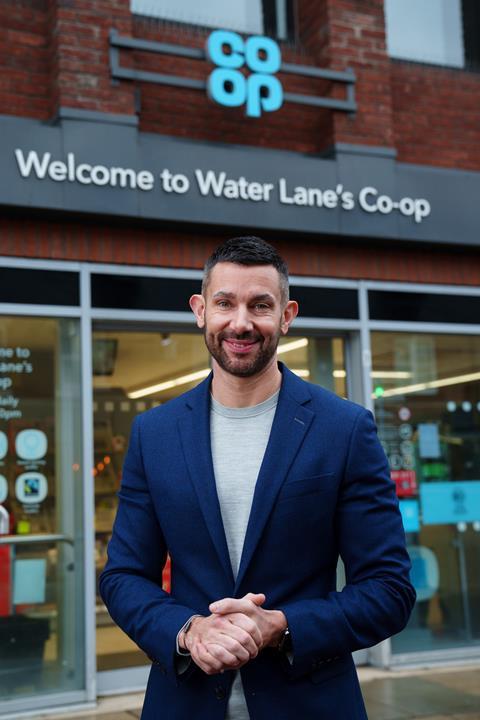
Posting recently on Linkedin, Hood set out some of the rationale for the changes. He harked back to the Co-op’s history in the late 1800s as a business “built on innovation and a pioneering ability to source and distribute products for those who chose us as their supplier”.
Looking ahead, he added: “As we plan that future, we’ve reflected on one of our most distinctive strengths – our role as a supplier to other businesses.
“Expanding this expertise remains central to our ambition: building new revenue streams, growing in new and existing markets, and extending the reach of the Co-op difference.”
There will be three distinct units within the division. The first will be an independent buying group for all food and goods for resale, led by Sinead Bell, currently Co-op group chief commercial director.
Secondly there will be an independent procurement business for goods not for resale, including services and products, led by Co-op chief procurement officer Imran Rasul.
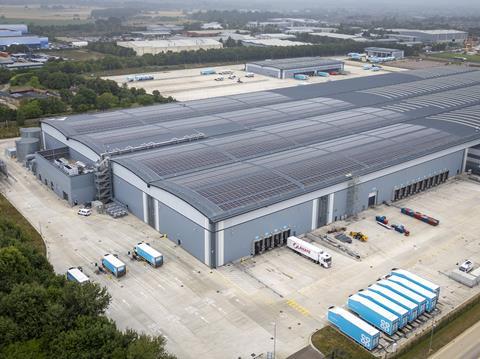
Finally operations director Derek Furnival will lead an independent logistics business “to grow our market-leading expertise in small-store and high-street distribution”.
Hood said these would be “underpinned by a new partnerships and new business development team”.
“These businesses will not only strengthen our existing relationships, but also open opportunities with new partners and customers, all who are welcome – enabling us to scale effectively and deliver real value for everyone involved.”
Staff cuts are ‘cost-neutral’
The planned changes will start to come into effect in time for negotiations with suppliers for next year. A note sent to suppliers by Bell explained that Co-op was “undergoing a period of collective consultation with our commercial colleagues” and warned that during this period these colleagues “may have less availability than normal, or take slightly longer to respond”.
This led to speculation around cost cutting and job losses and Co-op has since confirmed a reduction of 27 roles. It is understood this represents around 10% of the overall commercial team. However, it insists this is not driven by a need to reduce costs, calling it a “cost-neutral move” that will “create new roles and opportunities.”
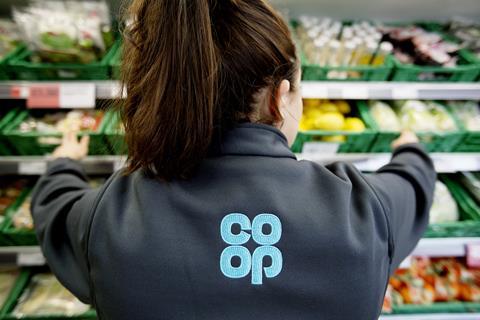
Suppliers
But what is in it for suppliers? In essence its formation is a recognition of the evolution of the Co-op in the UK. The society currently supplies around 8,000 stores, including the 2,300 it owns and manages. The long-term ambition appears to be to provide a simpler route to market for suppliers across the entire 8,000.
A supplier who would currently negotiate different deals to sell into Co-op’s managed stores, Co-op Wholesale and the FRTG, will now have one point of contact for all.
The Co-op buyers will work with its retail and wholesale teams as well as the other societies, and come back to the supplier with a proposal that covers all the channels.
Read more:
-
Why the latest co-operative merger is ‘quite different’
-
Co-op shakes up leadership teams to accelerate growth and buying powers
-
Costcutter ends industry speculation with Co-op Wholesale deal
-
Co-op and Barnardo’s urge food retailers to extend loyalty schemes to under-18s
Suppliers are also likely to be met with requests for lower prices – but that will be nothing new. Co-op has wheeled out a raft of pricing moves recently, including Member Prices and an Aldi Price Match. In April, it also invested £800,000 in lowering the price of key own-label lines for its wholesale customers.
It is understood that by having people with a deeper understanding of ingredients and commodities, as well as being able to increase scale through new and existing customers, Co-op will be seeking to bring costs down.
The Grocer understands there will also be greater emphasis on NPD and innovation. The retailer has faced criticism in recent years from challenger brands claiming difficulty in getting listings. A 2021 survey of challenger brands by Young Foodies found that, of those who had heard of the Co-op’s Apiary innovation programme, 95% claimed it had no impact on them.
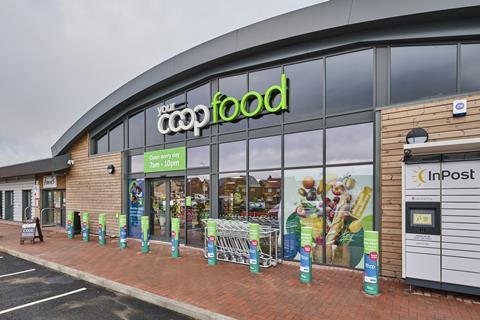
There are also likely to be better opportunities for smaller or local suppliers to grow beyond the different independent societies with which they currently work. While the majority of products sold through the other Co-op societies are purchased through the FRTS, those societies all have flexibility to work with local suppliers. The new buying group is expected to make it easier for those suppliers to scale up listings across the wider Co-op business.
As well as potentially benefiting smaller suppliers this could prove a boon for independent societies. Midcounties Co-op CEO Phil Ponsonby sees it as “a progressive set-up which will build a stronger partnership between independent co-op societies and Co-op Group, as well as other parties now serviced by their buying & logistics operation”.
Co-op Wholesale
Of course, if Co-op can achieve keener prices, that will be welcomed by its wholesale partners. Even before Co-op bought the Nisa business in 2018, price was far and away the issue that most energised Nisa retailers, and that remains the case under its current Co-op Wholesale era. But retailers will also be looking for improvements in service.
“I hope it would mean Co-op Wholesale’s price listing and order form (PLOF) can improve,” one independent retailer tells The Grocer. “You can have all the deals in the world, but if the PLOF is a mess like it is, then there’s no point.
“There’s loads of discontinued items, not up-to-date pricing, case changes, and it’s full of backlisted items.
“If this new team can tidy that up, then that’ll be a win.”

Logistics
Alongside commercial the other key element is a rethinking of the Co-op’s logistics operations.
Efficiencies stemming from supply chain improvements over the past decade or so mean Co-op currently has a surplus of capacity. It is keen to utilise this capacity better.
This could be simply selling more goods through existing channels. It could also see Co-op working with other retailers including non-food operators. Co-op could essentially act as a third-party logistics operator for other retailers who do not have the same ability to supply local areas and high streets.
In terms of services, it all points towards Hood’s focus on its “role as a supplier to other businesses”. Who knows where that could lead?

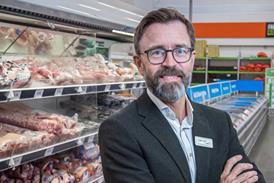
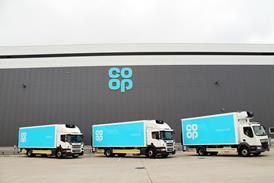




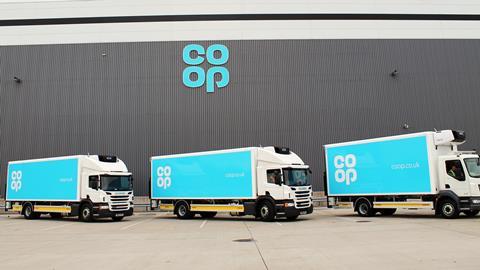



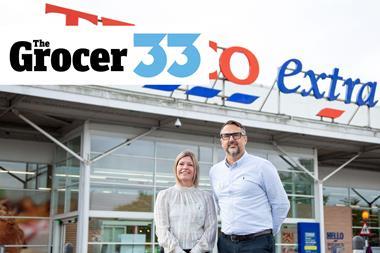
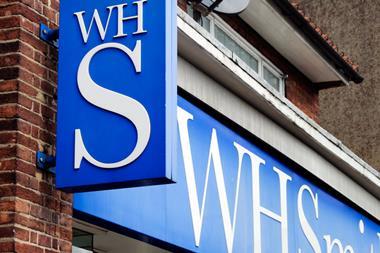

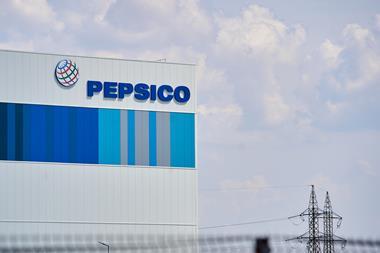



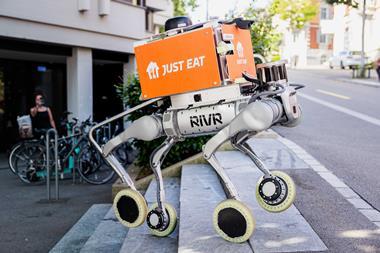
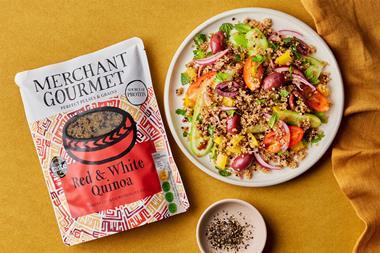
No comments yet